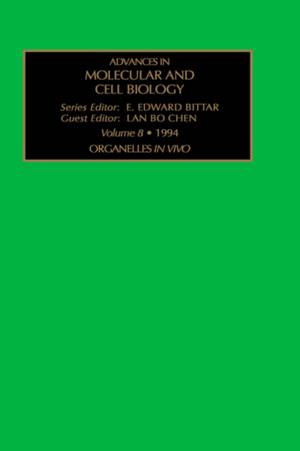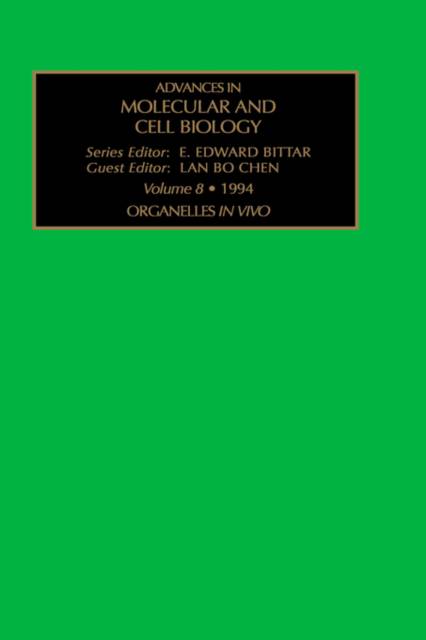
- Retrait gratuit dans votre magasin Club
- 7.000.000 titres dans notre catalogue
- Payer en toute sécurité
- Toujours un magasin près de chez vous
- Retrait gratuit dans votre magasin Club
- 7.000.000 titres dans notre catalogue
- Payer en toute sécurité
- Toujours un magasin près de chez vous
Description
After a decade of dominance by recombinant DNA technology, the field of molecular and cell biology is witnessing a renewed interest in techniques and approaches that are not driven by DNA acrobatics. In hindsight, this is an inevitable outcome. Deoxyribonucleic acid is not the master; it is only a storage house. If one wishes to know how cells work, the secret is not to be found in DNA, but rather in everything outside DNA. Science based on DNA is useful but does not itself solve the problem. It is most fortunate that at the height of the DNA phenomenon, there remain scientists who continue to probe cells by non-DNA means. Suddenly, people with such expertise are in high demand.
In this volume, some truly original scientists take the time to tell us their stories of innovations-some almost iconoclastic. All of these researchers have pioneered approaches that were long neglected; moreover, each is now in the fruitful phase of great harvests. It is a wonderful lesson for graduate students and postdoctorates that, although not being in the pack might be risky, the reward of such work is sweeter. As in physics, biology needs more young people who think like Richard Feynman - the ultimate iconoclast.
On the surface, the eight chapters of this volume appear to be diverse, but they are not. If our purpose is to understand cells, we must stop the habit of constantly dissecting leaves. Once in a while we have to see which forest we are in. The contributions included herein cannot cover the whole cell, but they give a sufficient flavor to arouse a desire to think more globally about cells. At a time when our field is in danger of being buried by thousands of kinases and phosphatases, these chapters inform our intended audiences that there are other ways - other techniques, other approaches, other thinkings, and other stories. We need all of them to appreciate the holistic aspect of cells, which has been a taboo until now.
Spécifications
Parties prenantes
- Auteur(s) :
- Editeur:
Contenu
- Nombre de pages :
- 212
- Langue:
- Anglais
- Collection :
- Tome:
- n° 8
Caractéristiques
- EAN:
- 9781559386364
- Date de parution :
- 01-06-94
- Format:
- Livre relié
- Format numérique:
- Genaaid
- Dimensions :
- 156 mm x 234 mm
- Poids :
- 476 g







